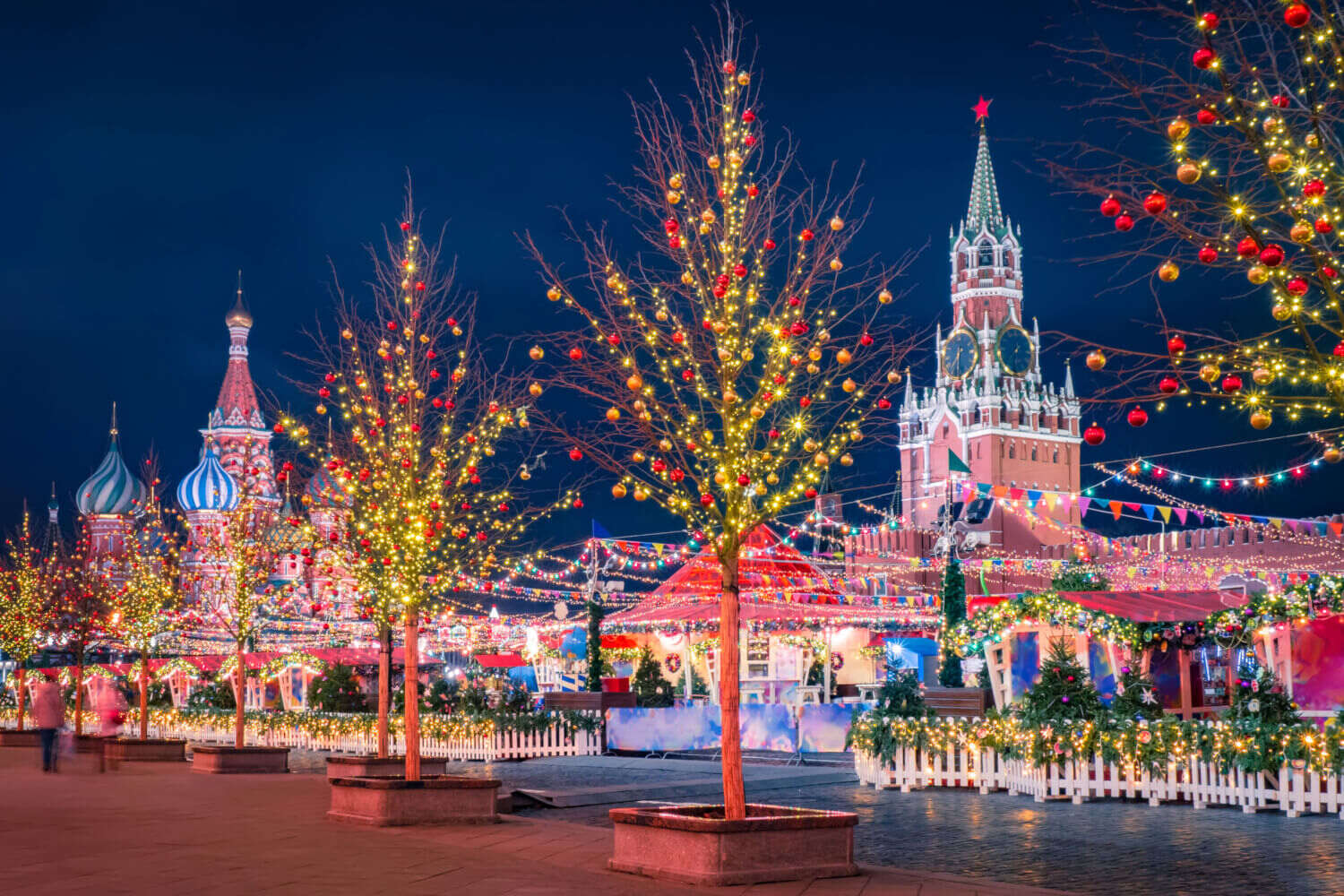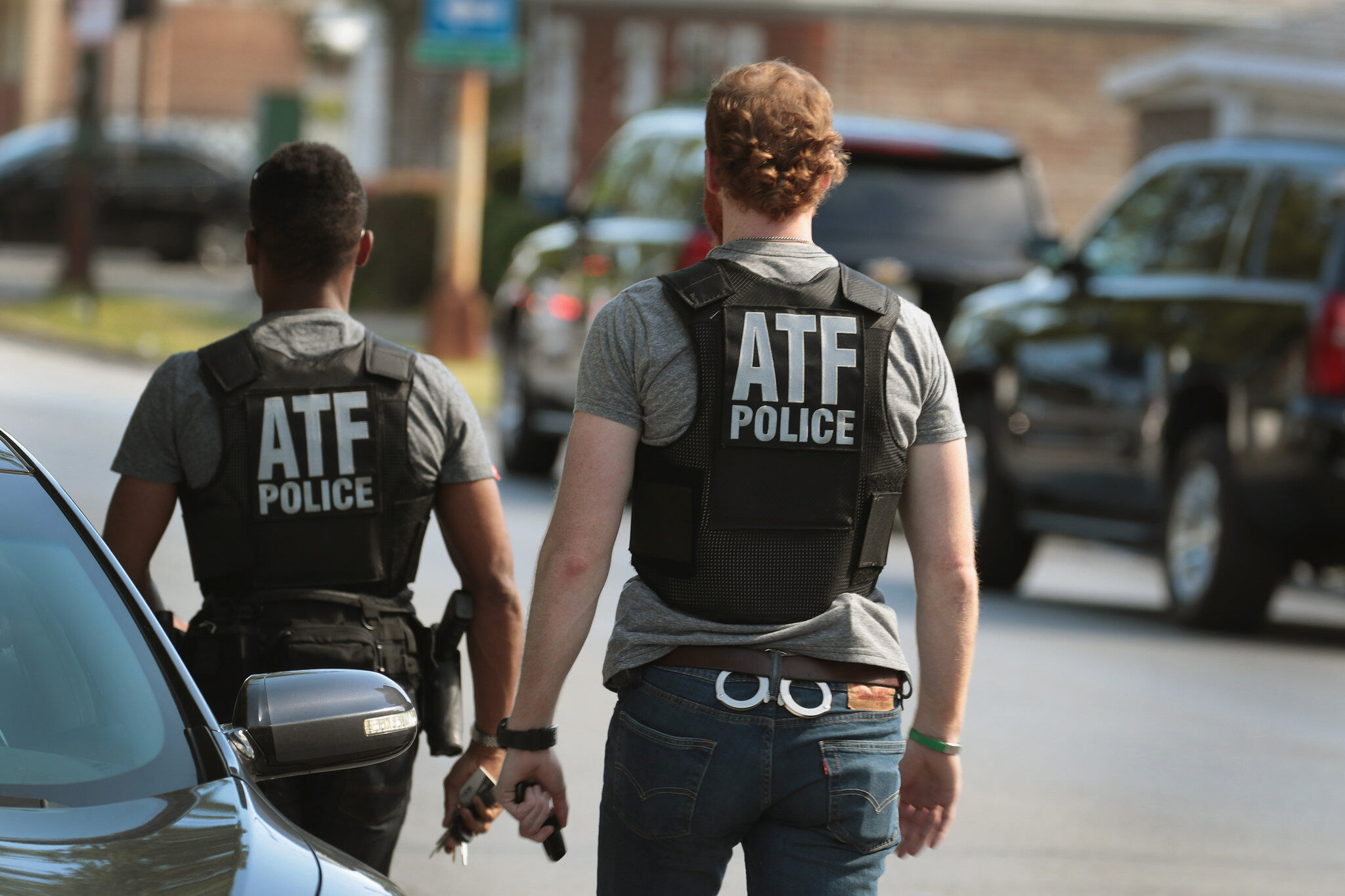
Ever wondered how Christmas is celebrated in a land known for its wintry landscapes and rich traditions? Christmas in Russia is not your typical holiday celebration. With unique customs that blend historical and cultural flavors, this festive season is a fascinating mix of the familiar and the exotic. From the grandeur of Moscow's Red Square to the quaint villages dotting the vast Russian countryside, the holiday spirit is as diverse as the country itself. But what makes Russian Christmas stand out? Is it the delicious feast of twelve dishes, the beautiful carols, or perhaps, the intriguing tradition of celebrating it in January? Let's dive into the heart of Russia's winter wonderland and uncover 30 amazing fun facts that bring this magical season to life. Ready to be surprised? Let's go!
Key Takeaways:
- Experience the unique blend of tradition, faith, and festivity in Russian Christmas, with special rituals like the meatless Sochelnik dinner and the role of Ded Moroz and Snegurochka in gift-giving.
- Dive into the rich cultural tapestry of Russian Christmas, from the significance of traditional dishes like Kutya and Olivier Salad to the vibrant festivities, including carol singing and ice sculptures.
How Christmas is Celebrated in Russia
In Russia, Christmas is not just a holiday; it's an experience that blends tradition, faith, and festivity in a unique way. Unlike many countries where December 25th marks the day of celebration, Russian Christmas traditions follow the Julian calendar, with festivities taking place on January 7th. This difference in dates is just the beginning of what makes Christmas in Russia so special.
-
Christmas Eve in Russia, known as Sochelnik, involves a family dinner that starts only after the first star appears in the sky, symbolizing the Star of Bethlehem. This meal is traditionally meatless but rich in variety, featuring twelve dishes that represent the twelve apostles.
-
Kutya is a ceremonial grain dish with honey and poppy seeds, often the first of the twelve dishes served during the Christmas Eve dinner. It's not just food; it's a symbol of hope and immortality.
-
Attending Midnight Mass is a significant part of the celebration for many Russians. After the 1917 revolution, religious practices were suppressed in Russia, but the fall of the Soviet Union saw a revival of Christmas traditions, including going to church.
Unique Russian Christmas Traditions
Christmas in Russia is imbued with rituals that date back centuries, some of which are uniquely Russian.
-
Ded Moroz and Snegurochka play a central role in the festivities. Ded Moroz, or Father Frost, is the Russian Santa Claus, and Snegurochka, the Snow Maiden, is his granddaughter. They deliver presents to children, but instead of sneaking down chimneys, they hand gifts directly to the children at New Year's parties or under the New Year tree.
-
Carol singing is a popular activity, with groups of carolers, known as Kolyadniki, visiting homes and singing traditional songs. Homeowners often reward them with sweets, similar to the Halloween tradition in the United States.
-
The New Year Tree, or Novogodnaya Yolka, is more prominent in Russian celebrations than the Christmas tree. Decorated with sweets, fruits, and homemade decorations, it remains up from New Year's Eve until after Russian Orthodox Christmas.
How Food Plays a Central Role
Festive foods are a big part of the celebration, with specific dishes that carry deep meanings.
-
Olivier Salad, also known as Russian salad, is a staple at Christmas dinners. Its ingredients, including potatoes, carrots, peas, eggs, and mayonnaise, are simple, but the dish is a beloved part of the holiday feast.
-
Selyodka Pod Shuboy, or herring under a fur coat, is another traditional dish. This layered salad includes herring, potatoes, carrots, beetroot, and mayonnaise, symbolizing prosperity and richness in the coming year.
-
Vzvar, a traditional Christmas beverage, is made by boiling dried fruits and honey. It's often served at the end of the Christmas Eve meal and is thought to bring health and happiness to the family.
Christmas Decorations and Symbols
Decorations play a big part in setting the festive mood, with unique Russian touches.
-
Handmade Decorations are common, with families often crafting their ornaments for the New Year Tree. These can include painted nuts, dried fruits, and paper crafts.
-
The Star of Bethlehem is a prevalent symbol, often seen at the top of the New Year Tree or in decorations around the home. It represents the guiding light that led the Wise Men to Jesus.
-
Ice Sculptures are a common sight in public spaces during the festive season. Cities like Moscow and St. Petersburg host festivals where artists create intricate sculptures that last throughout the winter months.
-
Snowflakes are another popular decoration, symbolizing the winter season. They're often handmade from paper and hung in windows or on trees.
-
Light Displays in city centers and public squares are breathtaking, with elaborate setups that illuminate the long winter nights. These displays often stay up well into January, adding to the extended festive period in Russia.
-
Russian Christmas Cards often feature traditional winter scenes and Orthodox Christian symbols, reflecting the religious and cultural aspects of the holiday.
-
The color Red is prominent in decorations and attire during the Christmas season, symbolizing beauty, warmth, and the life-giving blood of Christ.
-
Matryoshka Dolls, while not exclusively a Christmas decoration, are often given as gifts during the holiday season. These nesting dolls are a symbol of the Russian family and heritage.
-
The use of Straw in decorations harks back to ancient times, symbolizing fertility and the manger where Jesus was born. It's common to find straw under the tablecloth during the Christmas Eve meal.
-
Folk Music and Dances are an integral part of the celebrations, with performances often happening in town squares or during family gatherings. These traditions help to pass down Russian culture and history from generation to generation.
-
Christmas Markets are a relatively new addition to Russian Christmas traditions but have quickly become a beloved part of the holiday season. These markets are filled with crafts, foods, and warm drinks, offering a festive way to shop for gifts and decorations.
-
The Samovar, a traditional Russian tea urn, is often used during the holiday season to serve hot tea to guests. Its presence symbolizes hospitality and warmth.
-
Fireworks mark the beginning of the New Year and are a spectacular part of the celebrations, lighting up the sky at midnight on January 1st, signaling the start of the festive period that includes Russian Orthodox Christmas.
-
Skiing and Ice Skating are popular winter activities that many Russians partake in during the holiday season. These outdoor activities are not only fun but also a way to celebrate the beauty of the Russian winter landscape.
-
The Twelve Days of Christmas in Russia are filled with various activities, from church services to family gatherings and outdoor festivals, each day offering a different way to celebrate and reflect on the season's meaning.
-
Charity and Giving are emphasized during this time, with many Russians volunteering, donating to the less fortunate, and participating in community service projects. This spirit of generosity reflects the true essence of the holiday season.
-
The Christmas Fast, which lasts until the January 7th feast, is observed by many. This period of fasting and reflection prepares individuals spiritually for the celebration of Christ's birth.
-
The Kolyada Festival is a traditional event where people dress in costumes, sing songs, and perform plays. This festival, rooted in pagan traditions, has been adapted over the centuries to fit Christian beliefs and is a vibrant part of the holiday season.
-
The role of the Church in Christmas celebrations has grown significantly since the fall of the Soviet Union. Many Russians now attend church services on Christmas Eve and Christmas Day, reconnecting with their faith and traditions.
-
New Year's Resolutions are a common practice, with many Russians reflecting on the past year and setting goals for the year ahead. This tradition is tied to the idea of renewal and hope that the New Year brings.
-
The sense of Community during the holiday season is strong, with neighbors, friends, and families coming together to celebrate. This sense of togetherness is a key part of what makes Christmas in Russia so special.
A Festive Finale: Embracing Russian Christmas Traditions
Christmas in Russia is a tapestry of rich traditions, vibrant festivities, and heartfelt celebrations. From the unique Julian calendar dates to the Grandfather Frost tales, these customs not only add to the global mosaic of holiday celebrations but also offer a glimpse into Russia's cultural depth. Whether it's the Orthodox Christmas services, the family gatherings, or the special foods prepared, each aspect of the holiday holds a special place in the hearts of those who celebrate. For travelers and culture enthusiasts alike, experiencing Christmas in Russia can be an unforgettable journey into a world where folklore, faith, and festivity intertwine. So, next time December rolls around, remember the magic that unfolds in this vast and diverse country, and maybe, just maybe, you'll find yourself dreaming of a Russian Christmas adventure.
Frequently Asked Questions
Was this page helpful?
Our commitment to delivering trustworthy and engaging content is at the heart of what we do. Each fact on our site is contributed by real users like you, bringing a wealth of diverse insights and information. To ensure the highest standards of accuracy and reliability, our dedicated editors meticulously review each submission. This process guarantees that the facts we share are not only fascinating but also credible. Trust in our commitment to quality and authenticity as you explore and learn with us.


